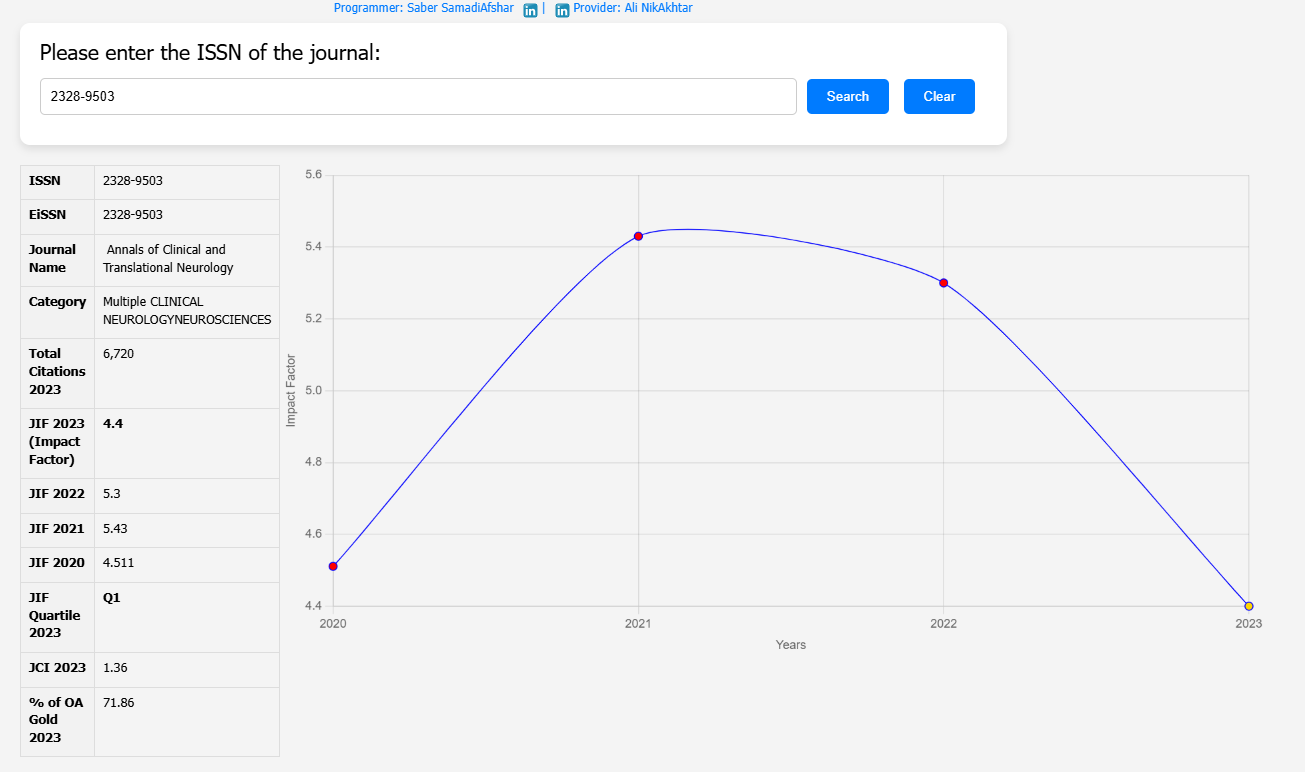Natural History of Becker Muscular Dystrophy: Insights from a Multicenter Study of 225 Patients
Introduction
Becker muscular dystrophy (BMD) is a milder form of dystrophinopathy compared to Duchenne muscular dystrophy (DMD), caused by pathogenic variants in the DMD gene. BMD presents with high clinical variability, manifesting from childhood to adulthood. The aim of this nationwide multicenter cohort study was to investigate the clinical manifestations and genotype-phenotype correlations in BMD.
Study Design and Methods
This retrospective study enrolled 225 patients with BMD across 22 Japanese medical centers. Patients included had in-frame deletions in the DMD gene and were able to walk after age 16. Data were extracted from medical records and analyzed using descriptive statistics, Kaplan-Meier curves, and regression analyses. The study also considered cardiac and central nervous system (CNS) complications alongside skeletal and respiratory muscle involvement.
Patient Characteristics
The average age of the patients was 31.5 years (range 1–81 years). Initial presenting symptoms were muscular weakness (60%), asymptomatic hypercreatine kinasemia (32.4%), and CNS disorders (5.3%). Gait disturbance was observed in over half (53.8%) of patients, and wheelchair use was reported in 27.1%. The average age at wheelchair introduction was 36.5 years.
Skeletal and Respiratory Muscle Involvement
Gait abnormalities and respiratory involvement were variable. Only 6.7% required ventilator support, typically initiated around 36.6 years of age. Forced vital capacity (%FVC) values were generally preserved but tended to decline with age. Serum creatine kinase (CK) levels were highly variable, with 3.6% of patients having normal CK at initial evaluation, suggesting that normal CK values do not rule out BMD.
Cardiac Involvement
Cardiac complications were common, with over 30% showing electrocardiographic abnormalities and about 15% developing heart failure symptoms. Approximately 45% received cardioprotective medications. Left ventricular ejection fraction (LVEF) declined with age; about one-third of patients had an LVEF <55%. Importantly, 40% of patients with cardiac dysfunction were younger than 30 years, emphasizing the need for early cardiac monitoring.
CNS Complications
The study found a notable prevalence of CNS complications. Seizures were observed in 8.4% of patients, and intellectual or developmental disabilities were present in 16.9%. The incidence of CNS disorders was higher in patients with deletions spanning exons 45–55 of the DMD gene, suggesting a relationship with disruption of dystrophin isoforms like Dp140 and Dp71.
Genotype-Phenotype Correlations
Genotypic analysis revealed that deletions in the exon 45–55 region were most frequent (80.9%), followed by deletions in the exon 3–7 region (4.9%). Patients with exon 45–49 deletions had earlier wheelchair use and more severe skeletal muscle involvement compared to those with exon 45–47 or exon 45–55 deletions. Notably, none of the patients with exon 45–47 or exon 45–55 deletions required ventilator support.
Regarding cardiac involvement, BNP and cardiac dimensions varied among patients, but overall, LVEF impairment did not show a clear association with specific deletions. Differences within the same deletion groups, such as exon 45–47 versus exon 45–48, indicated heterogeneity even among patients with seemingly similar genetic backgrounds.
Discussion
This study provides one of the most comprehensive analyses of BMD natural history to date. The findings confirm that skeletal muscle, respiratory, cardiac, and CNS involvements vary widely in BMD. Skeletal muscle impairment severity appears dependent on specific in-frame deletions, with exon 45–49 deletions associated with more severe outcomes.
Interestingly, myocardial impairment appeared to be somewhat independent of skeletal muscle involvement severity, suggesting distinct pathogenic mechanisms. The study reinforces that early cardiac assessment is crucial, even when skeletal symptoms are mild.
Moreover, the association between CNS involvement and specific deletions highlights the need for cognitive and behavioral evaluations in patients with BMD, particularly those with mutations affecting distal portions of the DMD gene.
Clinical Implications
The study's findings offer critical insights for clinicians in genetic counseling, patient monitoring, and therapy planning. Recognizing the specific genotype may aid in predicting disease progression and tailoring interventions, including early cardiac and respiratory management. Furthermore, understanding the natural history supports clinical trial design for emerging therapies such as exon-skipping and gene therapies.
Limitations
Several limitations must be noted. The retrospective design introduces potential biases, such as incomplete data and inconsistencies among centers. Additionally, phenotypes may be influenced by environmental and therapeutic factors, such as steroid use and rehabilitation. Future prospective studies are needed to validate these findings.
Conclusions
This multicenter study elucidates the complex natural history of Becker muscular dystrophy, emphasizing the influence of genetic variations on clinical outcomes. It highlights the importance of comprehensive, multidisciplinary management and early interventions to optimize patient care. The data also underscore the need for ongoing research into dystrophin isoforms and other modifiers of disease expression in BMD.




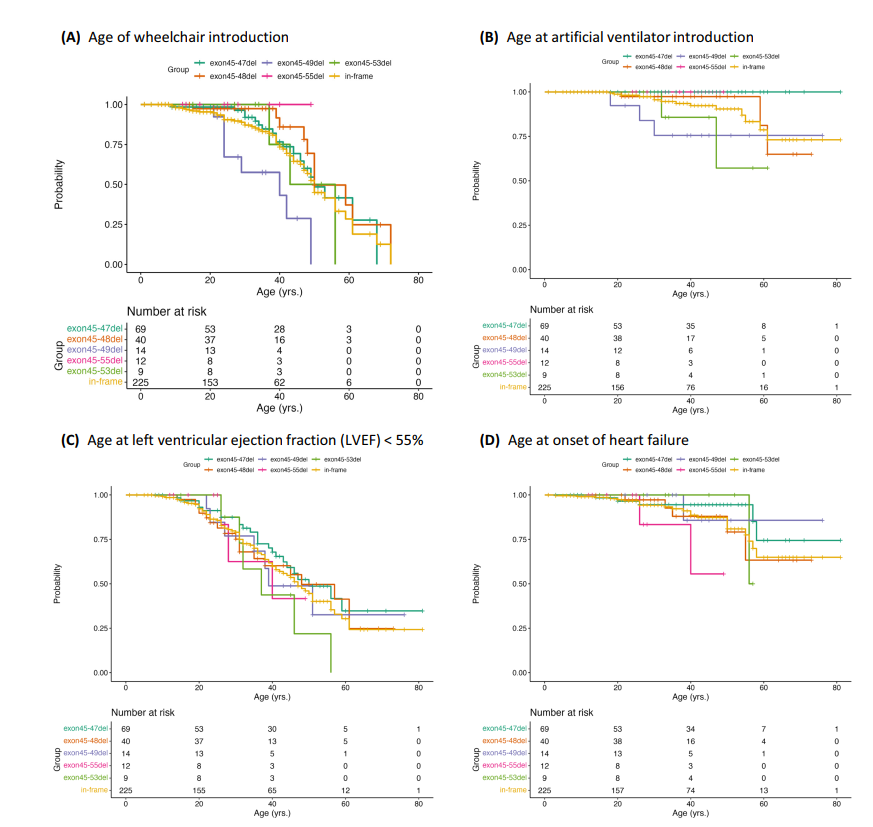
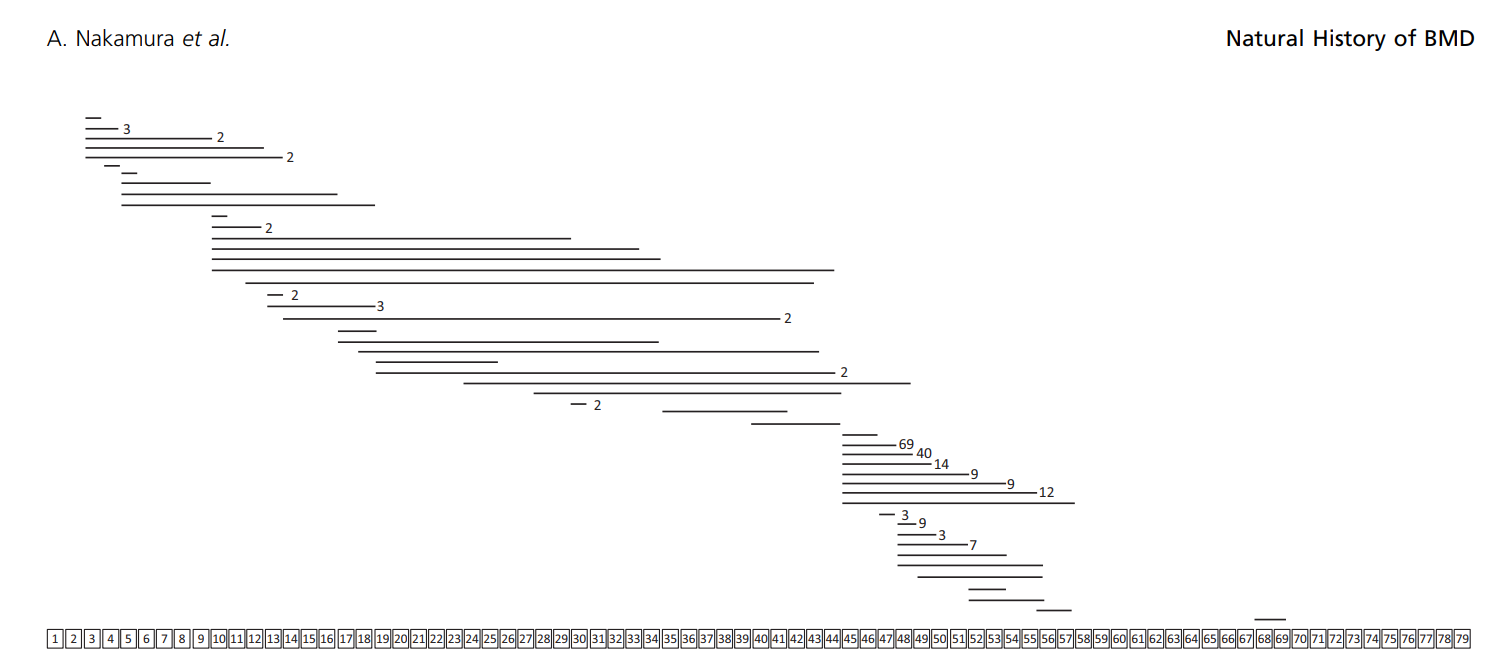
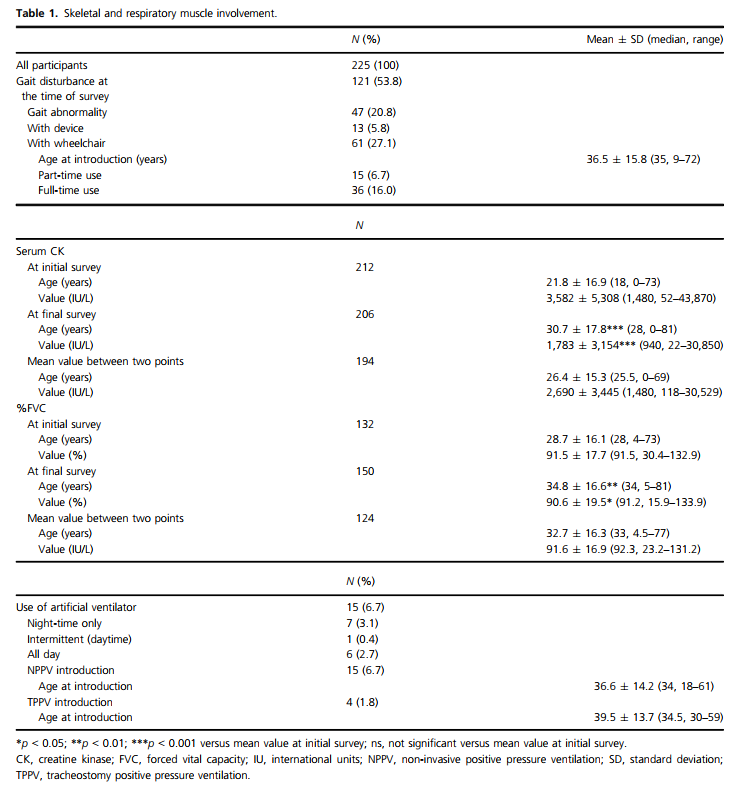
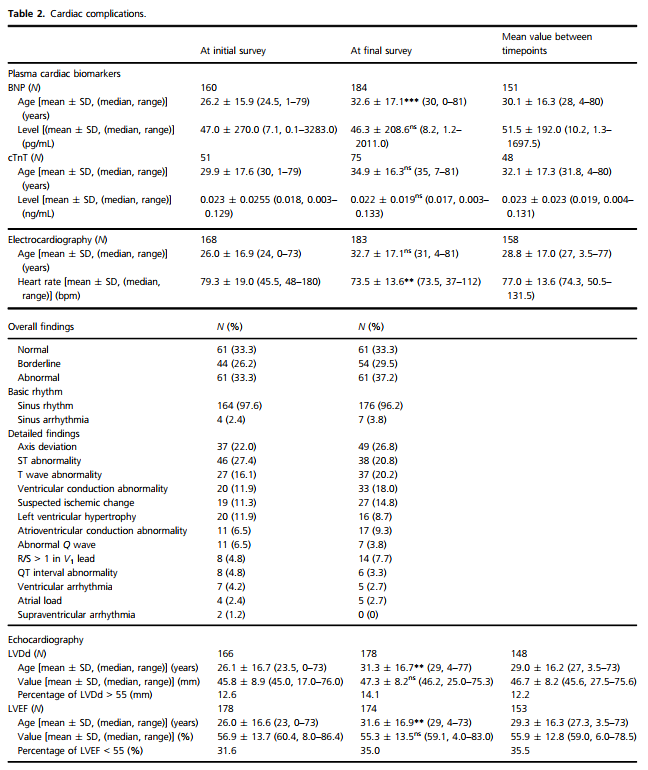
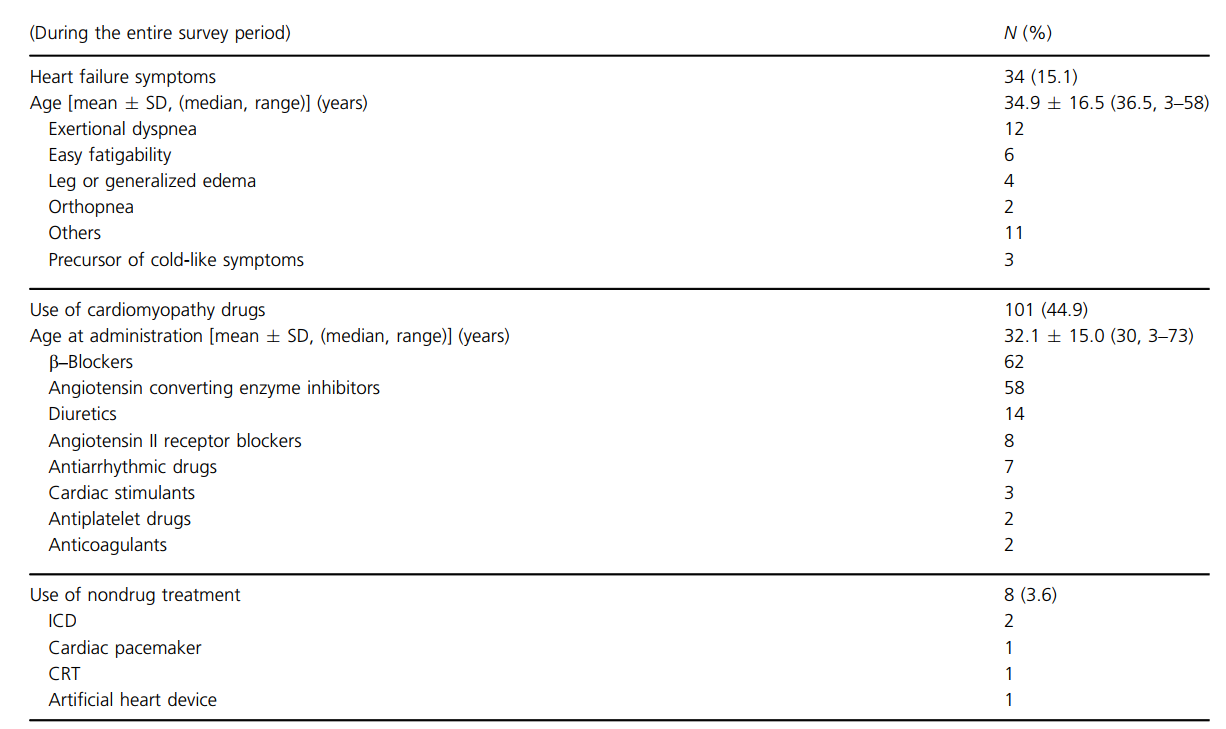
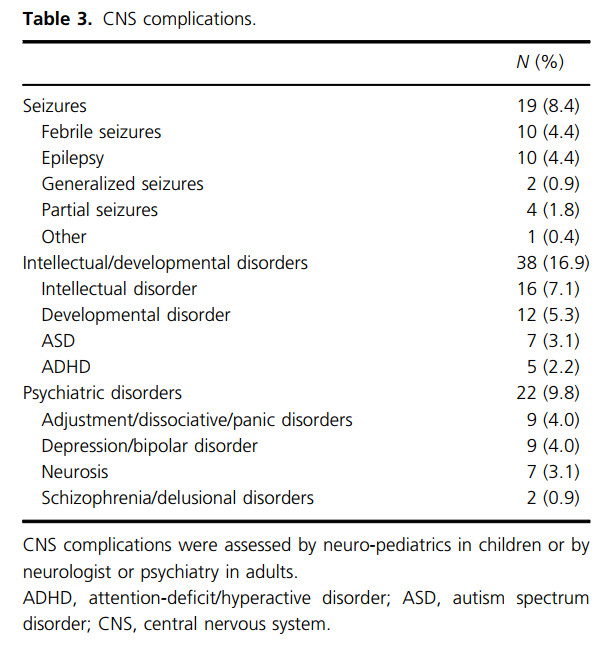
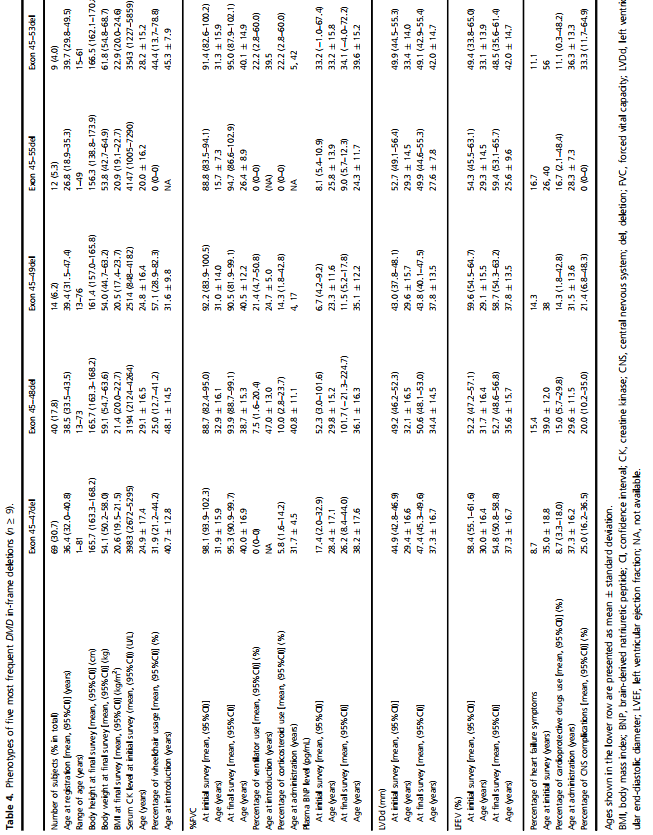
| Field | Details |
|---|---|
| Title | Natural history of Becker muscular dystrophy: a multicenter study of 225 patients |
| Authors | Akinori Nakamura, Tsuyoshi Matsumura, Katsuhisa Ogata, Madoka Mori-Yoshimura, Eri Takeshita, Koichi Kimura, Takahiro Kawashima, Yui Tomo, Hajime Arahata, Daigo Miyazaki, Yasuhiro Takeshima, Toshiaki Takahashi, Keiko Ishigaki, Satoshi Kuru, Akiko Wakisaka, Hiroyuki Awano, Michinori Funato, Tatsuharu Sato, Yoshiaki Saito, Hiroto Takada, Kazuma Sugie, Michio Kobayashi, Shiro Ozasa, Tatsuya Fujii, Yoshihiro Maegaki, Hideki Oi, Hisateru Tachimori, Hirofumi Komaki |
| Corresponding Author | Akinori Nakamura (anakamu@shinshu-u.ac.jp) |
| Publication Date | December 2023 |
| Journal | Annals of Clinical and Translational Neurology |
| Keywords | Becker Muscular Dystrophy, Natural History, Dystrophinopathy, Genotype-Phenotype Correlation, Muscle Disease |
| Methods Used | Nationwide cohort study, clinical data analysis, genotype-phenotype correlation, descriptive statistics, Kaplan-Meier analysis |
| Study Type | Multicenter cohort study |
| DOI | 10.1002/acn3.51925 |
